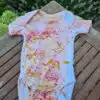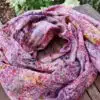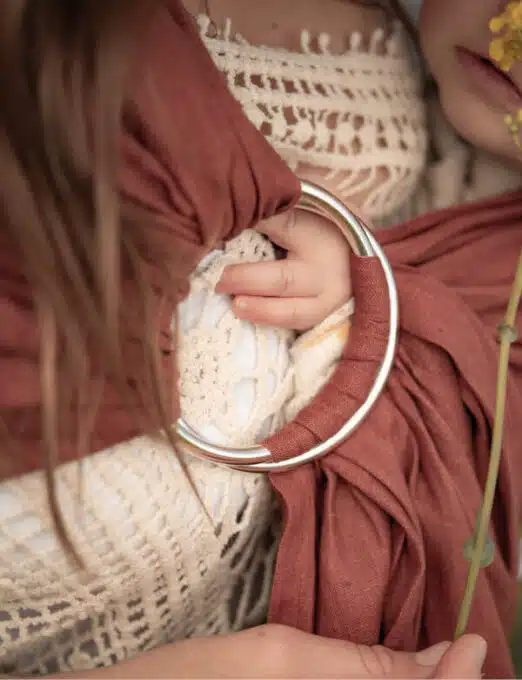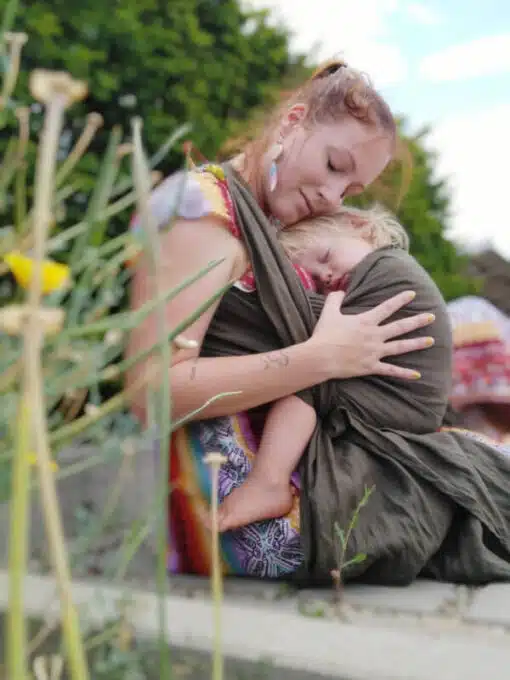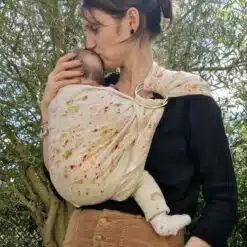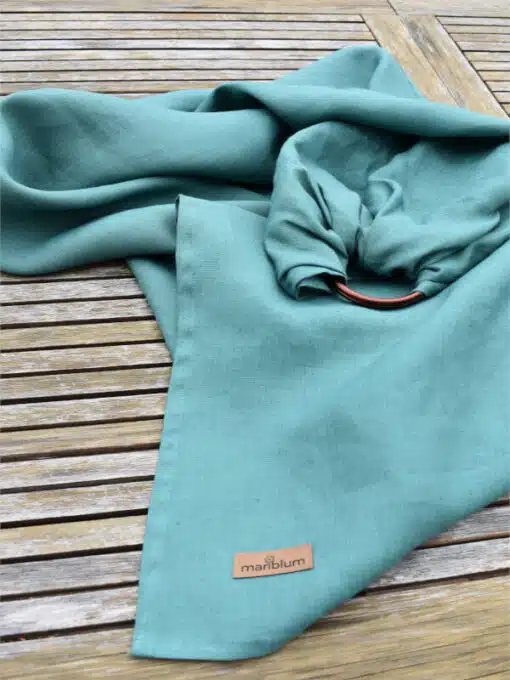Babywearing News
Ring slings: practicality, comfort and closeness
The importance of the close bond between parent and child is undisputed, and one of the most effective ways to promote this bond is to carry the baby. Among the many baby carriers available on the market today, ring slings are characterised by their special combination of practicality, comfort and closeness. Here we will explain the advantages of ring slings, describe how to use them and take a closer look at safety aspects.
Table of contents
- What are ring slings?
- What are the advantages of ring slings?
- How do you use a ring sling?
- What are the safety aspects of using ring slings?
- Summarising
What are ring slings?
Ring slings consist of a single piece of specially woven fabric that is worn over the shoulder and fastened with two rings. This simple but ingenious mechanism allows the baby to be carried safely and comfortably. The ring sling is adjusted by pulling the fabric through the rings, allowing it to be customised to the size and shape of the wearer.
What are the advantages of ring slings?
One of the main advantages of ring slings is their versatility. They are suitable for both newborns and toddlers and can be used in different carrying positions. They are also lightweight and compact, making them ideal for everyday use. Whether you are out shopping, going for a walk or at home – a ring sling offers a flexible and comfortable solution.
Hemp Fabric
Linen Fabric
Another advantage is the promotion of the bond between parent and child. Carrying the baby in a ring sling satisfies the need for closeness and security. This physical closeness not only strengthens the emotional bond, but also has positive effects on the child’s development. Studies have shown that babies who are carried cry less and are generally happier¹.
How do you use a ring sling?
Using a ring sling may seem complicated at first, but with a little practice it can be learnt quickly. The first step is to thread the fabric through both rings, then pass it over the first ring and back under the second. This ensures that the fabric holds securely and does not slip. Once threaded, the ring sling stays in place and only needs to be adjusted if necessary.
The next step is to put on the ring sling. The sling is placed over one shoulder so that the rings sit close to the collarbone. The upper part of the fabric is loosened to guide the baby through the resulting pocket. The baby is then placed in the sling, keeping the fabric at the back of the baby’s knees to ensure an ergonomic M-position². Finally, the fabric is spread over the baby’s back and pulled tight to provide secure support.
What are the safety aspects of using ring slings?
The safety of the baby has top priority. It is therefore important to observe a few basic safety rules. The baby’s head should always be visible and the airways unobstructed. A distance of two fingers between the baby’s chin and chest ensures that the baby’s chin does not rest on the chest and thus hinder breathing³. The ring sling should also be tight enough to prevent the baby from slipping and at the same time ensure an upright position. Sitting the baby low in a squatting position supports healthy hip development and provides additional comfort.
Summarise
Ring slings offer an excellent way to carry babies safely and comfortably while strengthening the bond between parent and child. Their versatility and ease of use make them a practical choice for everyday use. With proper use and attention to safety aspects, ring slings are a valuable addition to any young family. By carrying the baby in a ring sling, parents and child experience a close bond and benefit from the many physical and emotional advantages of babywearing⁴.
Sources
-
- ¹ Hunziker, U. A., & Barr, R. G. (1986). Increased carrying reduces infant crying: A randomized controlled trial. Pediatrics, 77(5), 641-648.
- ² International Hip Dysplasia Institute. (n.d.). Babywearing.
- ³ The TICKS Guidelines for Safe Babywearing. (n.d.).
- ⁴ Attachment Parenting International. (n.d.). Babywearing.

